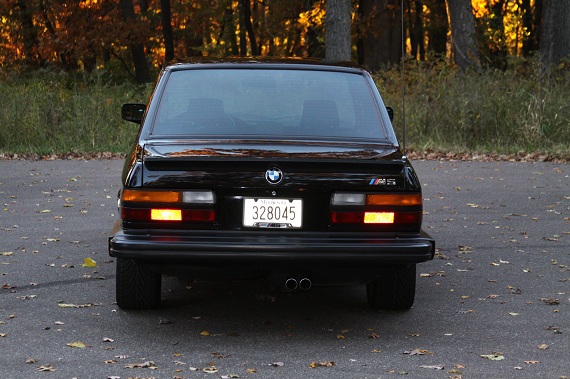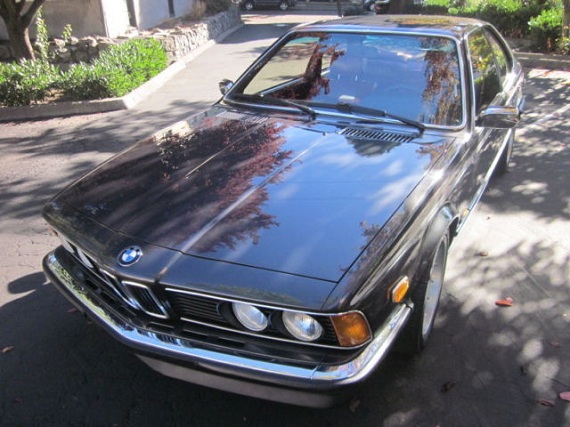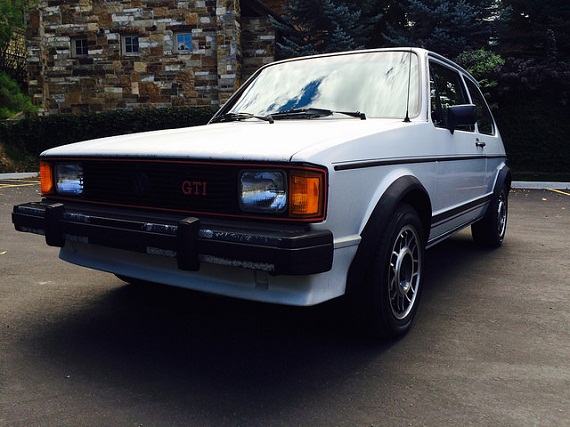The term “Q-ship” was created by the British, originally not to describe super sedans – but rather to describe a class of disguised merchant ships that were in fact heavily armored and carrying weapons. They were intended to fool German U-Boat crews into revealing their location – prior to unrestricted submarine warfare, U-Boats operated by a gentleman’s agreement where they would surface, let the crew of the ship know they were going to attack the ship and get off, and then they would sink the ship. However, these “wolves in sheep’s clothing” would later lend their name to an entire group of “unassuming” sedans equipped with larger engines and with sporting intentions. Often, the BMW M5 has been lumped into this category but I feel this is an incorrect name for it. The E28 M5 was anything but unassuming, with deep front and rear spoilers, large and wide BBS wheels, M5 badges front and rear and of course looking quite menacing in all black. To me, the Audi 200 20V is probably the ultimate “Q” ship – from the factory, only the slightly wider and slightly flared arches distinguished it from the normal 200 model; no badges, no spoilers, and sedate colors meant the performance under the hood was more or less completely hidden. Perhaps in 1985, when the M5 launched in Europe, people didn’t know what sedans were capable of – but by the time it hit U.S. shores in 1988, rest assured that every enthusiast knew what those all black E28s were:
Author: Carter
It’s been a little bit since we looked at some nice Karmann Ghias, and today there are two lovely but very different examples in the marketplace. These are lovely designs; granted, not the best driving cars in the world – but a car that really will set you apart from the crowd and will make everyone smile. Of the Karmann Ghias, my favorites are the early “low light” models and the Type 34 from a bit later – luckily, here’s an example of each:
CLICK FOR DETAILS: 1959 Volkswagen Karmann Ghia on eBay
1 CommentThe Bitter SC is, to me, a very interesting car. Born from the relatively pedestrian Opel Senator platform, the slinky 2-door coupe seemed to borrow a fair amount of its character from the much more exclusive Ferrari lineup outside. Underneath, though, the looks were not backed up by a sonorous V12, but rather the 3 liter inline-6 (later bumped to 3.9 liters) from the Opel lineup. This was mated to a GM-derived 3-speed automatic. Though the power output was respectable for the day at 180 horsepower, the heavy automatic Bitter was much more a cruiser than a backroad bandit. That was reinforced by the interior, which has a definite bias towards luxury instead of sport. This was not a sports car but instead a grand tourer, and the appointments inside were made to the highest standards of the day. The competition was not the Porsche 911, but rather cars like the Maserati Kyalami and the Ferrari 400i. The SC was an exclusive car, with only around 400 examples produced; but today, they’re a great value in the classic car market.





